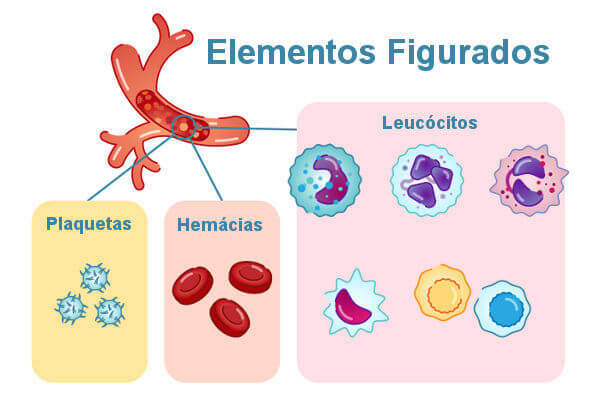Capybara, scientific name: Hydrochoerus hydrochoeris, also known as carpincho or capincho, is an animal, mammal, rodent, herbivore, originating from the South American continent. The name "capybara" comes from the Tupi language and means "grass eater".
It is the largest species of rodent in the world, reaching 1.30 in length and weighing up to around ninety kilos. It has a thick, reddish-brown coat. Despite their large size, capybaras, in general, are calm and docile animals.
They have semi-aquatic habits, so their natural habitat is the banks of rivers and lakes, wetlands and close to dams. Even having disappeared in some localities, the species is not at risk of extinction.
Capybaras, habits and way of life
Capybaras are social animals, generally living in flocks of ten to twenty individuals on the banks of rivers, lakes, and wetlands. They are found in all South American countries with the exception of Chile.
With semi-aquatic habits, capybaras have small membranes between their fingers, which help in swimming. As a result, the species developed a strong relationship with water. The species uses lakes and rivers to regulate body temperature and, in general, for reproductive copulation.

Capybara reproduction
Gestation lasts about 150 days, another record among rodents. In other rodent species, such as rats and rabbits, gestation lasts about 30 days. Capybara females have five to six pairs of teats to feed their young.
A capybara chick is born weighing about a kilo and a half, already with its permanent teeth and fur. They continue to receive care from their parents, usually the mother, for three to four months until they become independent.

Eating habits
The capybaras' diet consists of pasture herbs, occasionally complemented by aquatic plants.
In some cases, when digestion is not completed completely, some individuals practice coprophagia (stool intake). The food is digested again and the nutrients are ingested in their entirety.

Natural predators and commercial use of capybaras
The life expectancy of a capybara is fifteen years. Their natural predators are jaguars, ocelots, snakes, alligators and wild dogs.
In some places, without a considerable number of predators, the capybara population can grow excessively, which can cause some problems for agriculture with the invasion of cultivated land.
In these places, control is done through hunting. Capybara meat is considered an exotic meat and has a great commercial value. They can also be hunted for the production of bags, wallets, clothing and other leather goods.
Interested? See too:
- Herbivorous Animals
- Animals of the Pampas
- Amazon Animals
- Pantanal Animals
- Brazilian fauna



